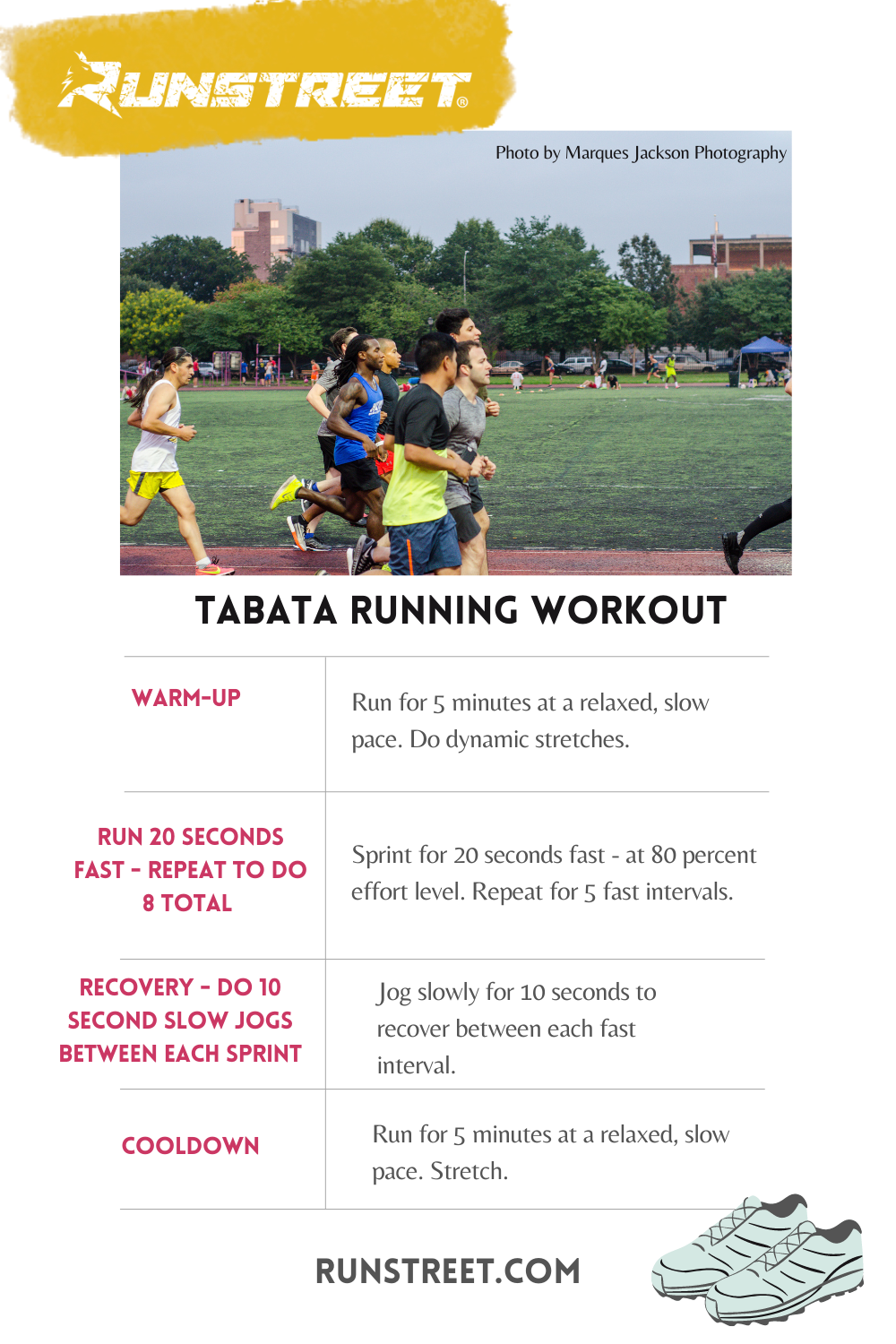Handling Common Running Discomforts: Reasons, Solutions, and Prevention
As runners, we often encounter different pains that can prevent our efficiency and pleasure of this physical activity. By checking out the root reasons for these operating pains, we can reveal targeted options and precautionary measures to guarantee a smoother and much more fulfilling running experience.
Typical Running Discomfort: Shin Splints
Shin splints, an usual running pain, frequently arise from overuse or improper footwear throughout physical task. This condition, clinically referred to as medial tibial stress syndrome, materializes as pain along the inner side of the shinbone (shin) and prevails among professional athletes and runners. The recurring stress on the shinbone and the tissues connecting the muscular tissues to the bone causes inflammation and discomfort. Runners who swiftly increase the strength or period of their workouts, or those that have flat feet or incorrect running methods, are specifically susceptible to shin splints.
To avoid shin splints, people should progressively raise the intensity of their exercises, put on proper footwear with appropriate arch support, and maintain flexibility and strength in the muscle mass bordering the shin. If shin splints do take place, preliminary treatment includes remainder, ice, compression, and elevation (RICE) Additionally, incorporating low-impact tasks like swimming or biking can help preserve cardio fitness while allowing the shins to recover. Consistent or severe situations might call for medical assessment and physical treatment for effective administration.
Typical Running Pain: IT Band Disorder
In enhancement to shin splints, one more prevalent running pain that professional athletes often come across is IT Band Syndrome, a condition triggered by inflammation of the iliotibial band that runs along the outer upper leg and knee. IT Band Disorder normally manifests as discomfort outside of the knee, especially throughout tasks like running or biking. The iliotibial band is a thick band of fascia that connects the hip to the shin, and when it comes to be swollen or tight, it can rub versus the upper leg bone, bring about pain and discomfort.
Joggers experiencing IT Band Disorder might discover a stinging or aching sensation on the external knee, which can get worse with ongoing task. Aspects such as overuse, muscular tissue discrepancies, improper running type, or insufficient warm-up can contribute to the development of this condition. To stop and relieve IT Band Disorder, runners should concentrate on extending and reinforcing workouts for the hips and upper legs, correct footwear, gradual training progression, and resolving any kind of biomechanical problems that might be exacerbating the trouble. Ignoring the signs of IT Band Disorder can bring about chronic issues and long term healing times, highlighting the importance of very early treatment and correct administration techniques.
Typical Running Discomfort: Plantar Fasciitis

Plantar Fasciitis can be attributed to various elements such as overtraining, inappropriate shoes, running on tough surfaces, or having high arches or flat feet. To avoid and reduce Plantar Fasciitis, joggers can integrate stretching workouts for the calf bones and plantar fascia, use helpful shoes, preserve a healthy weight to decrease stress on the feet, and slowly enhance running intensity to stay clear of abrupt stress and anxiety on the plantar fascia. If signs and symptoms persist, it is recommended to speak with additional reading a healthcare expert for appropriate diagnosis and treatment choices to attend to the problem efficiently.
Usual Running Pain: Jogger's Knee
After attending to the obstacles of Plantar Fasciitis, an additional common concern that runners typically face is Runner's Knee, an usual running pain that can impede sports performance and trigger pain during exercise. Runner's Knee, also called patellofemoral pain syndrome, manifests as pain around or behind the kneecap. This problem is often attributed to overuse, muscle imbalances, improper running techniques, or issues with the alignment of the kneecap. Joggers experiencing this pain might feel a boring, aching pain while running, increasing or down stairways, or after extended durations of sitting. To stop Runner's Knee, it is essential to incorporate appropriate warm-up and cool-down routines, preserve solid and balanced leg muscle mass, wear appropriate footwear, and slowly raise running intensity. If symptoms linger, inquiring from a medical care expert or a sporting activities medication specialist is advised to diagnose the underlying cause and create a tailored therapy plan to alleviate the discomfort and stop further problems.
Usual Running Pain: Achilles Tendonitis
Typically affecting joggers, Achilles Tendonitis is an uncomfortable problem that impacts the Achilles ligament, causing discomfort and possible constraints in exercise. The Achilles tendon is a thick band of cells that attaches the calf bone muscle mass to the heel bone, vital for tasks like running, leaping, and walking - useful guide. Achilles Tendonitis often establishes due to overuse, improper shoes, inadequate stretching, or unexpected increases in exercise
Symptoms of Achilles Tendonitis include discomfort and tightness along the ligament, especially in the early morning or after periods of inactivity, swelling that aggravates with activity, and possibly bone stimulates in persistent cases. To prevent Achilles Tendonitis, it is essential to stretch properly before and after running, use suitable shoes with correct support, gradually boost the intensity of exercise, and cross-train to reduce recurring tension on the tendon. Treatment may include rest, ice, compression, altitude (RICE procedure), physical treatment, orthotics, and in serious cases, surgery. Early intervention and proper treatment are vital for taking care of Achilles Tendonitis efficiently and stopping long-lasting issues.
Verdict
